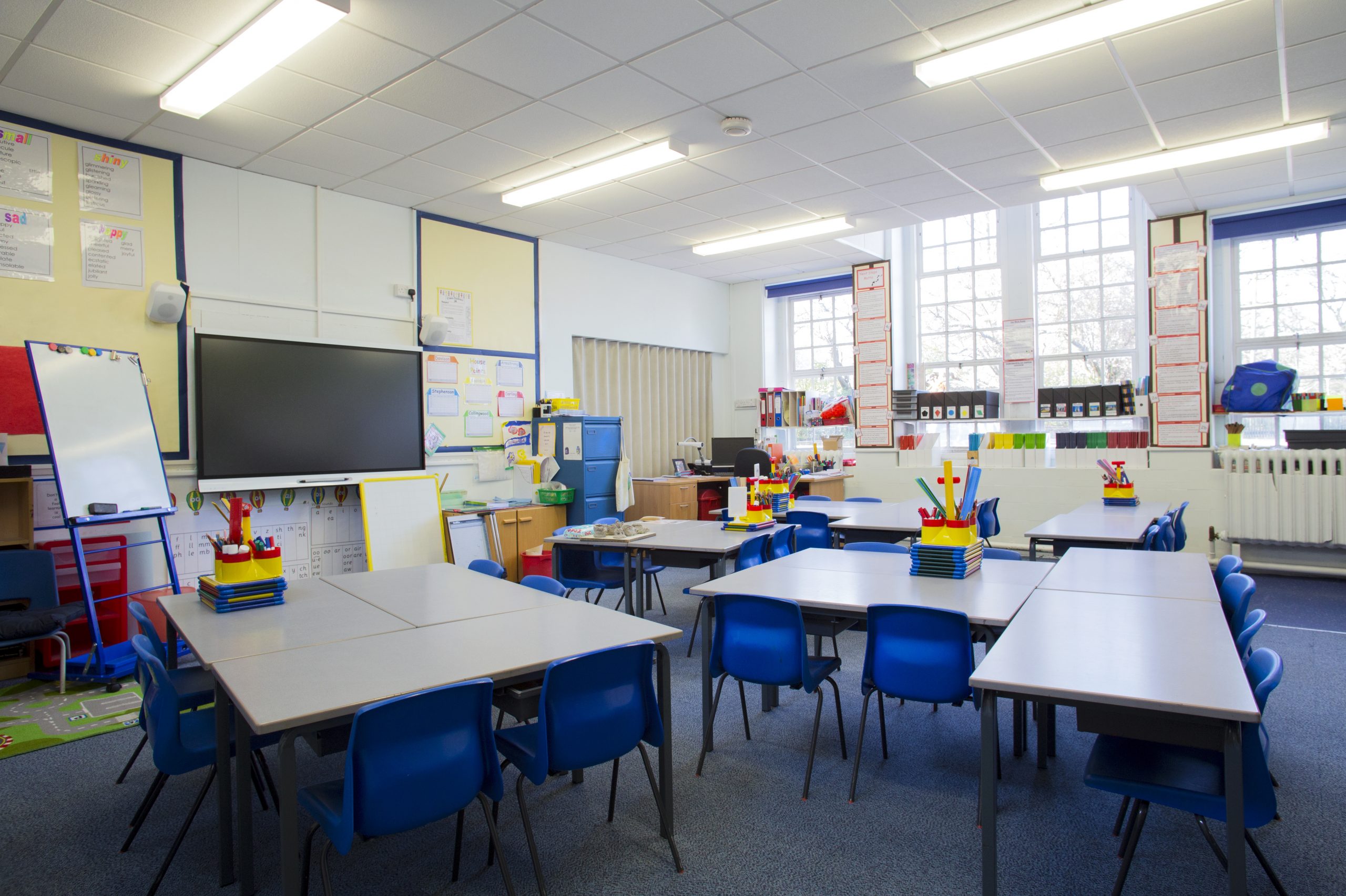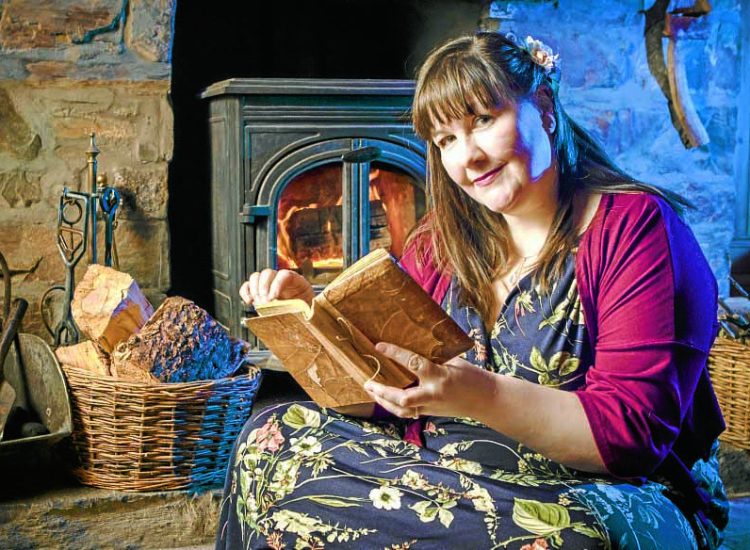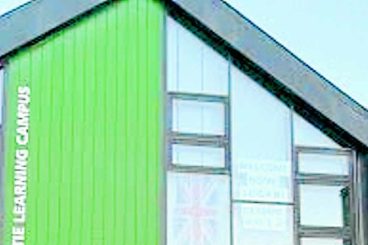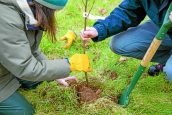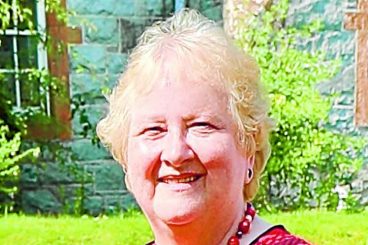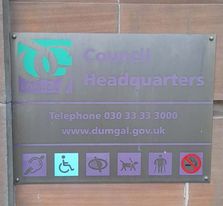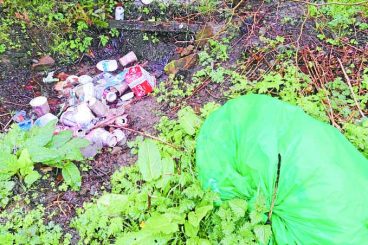THE number of teachers employed in the region fell in 2020 despite rising across Scotland.
New figures released by the Scottish Government highlight Dumfries and Galloway as just one of five out of the country’s 32 council areas that saw a drop in teachers last year, falling from 1436 in 2019 to 1413 last year.
The figure was exactly the same in 2019 as 2018, and down 34 from the previous year.
Primary teachers accounted for 654, while 664 taught in secondary schools, 21 worked in special education and 75 were centrally employed. Elsewhere, and in the national context, there was reason for optimism as teacher numbers across Scotland rose from 51,449 to 52,672 – more than three times greater than the increase experienced between 2018 and 2019 – and the highest since 2008.
In East Dumbartonshire there was an eight per cent rise in the number of teachers in schools, whilst also increasing by six per cent in Clackmannanshire and Renfrewshire.
But it was the more rural areas such as the Highlands, Na h-Eileanan Siar, the Orkney Islands and Dumfries and Galloway left worse-off, despite efforts to fill more rural teaching positions in recent years.
However, the pupil teacher ratio (PTR) was a slight improvement on the national average, with 13.2 pupils to every teacher in the region and 13.3 to every teacher across the country.
Jeff Leaver and Ros Surtees, chair and vice chair of the council’s education committee, were approached for comment but did not respond.
However, Andrew O’Halloran, the Dumfries and Galloway secretary for Educational Institute of Scotland, the country’s largest teaching union, commented: “Although Dumfries and Galloway is a fantastic place to live and work, it’s always a challenge attracting young people into this rural area, other rural areas across Scotland do experience similar difficulties.
“Our teacher pupil ratio is on par with other areas but we do have lots and lots of small rural schools. Our young people tend to move away to the cities to study, whereas people in the central belt can study and work afterwards much closer to home.”
He added: “Dumfries and Galloway is a great place to start one’s teaching career.”





